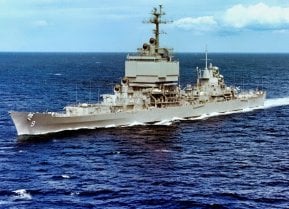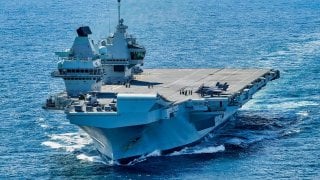The Royal Navy Really Might Want to Stop Building Aircraft Carriers
Current plans call for the Royal Navy's Queen Elizabeth-class aircraft carriers to remain in service until 2069. The questions being asked are whether that will truly happen, and whether it even should.
Summary: This piece delves into the operational and financial challenges facing the Royal Navy's Queen Elizabeth-class aircraft carriers, questioning their future efficacy and viability. Despite the HMS Queen Elizabeth's successful goodwill tour to the Far East, concerns arise from its limited combat deployment and operational issues, including mechanical failures that hindered its participation in key NATO exercises. Comparatively, these carriers lack the comprehensive capability of U.S. Navy carrier strike groups, with deficiencies in early warning, air-to-air refueling, and logistical support.
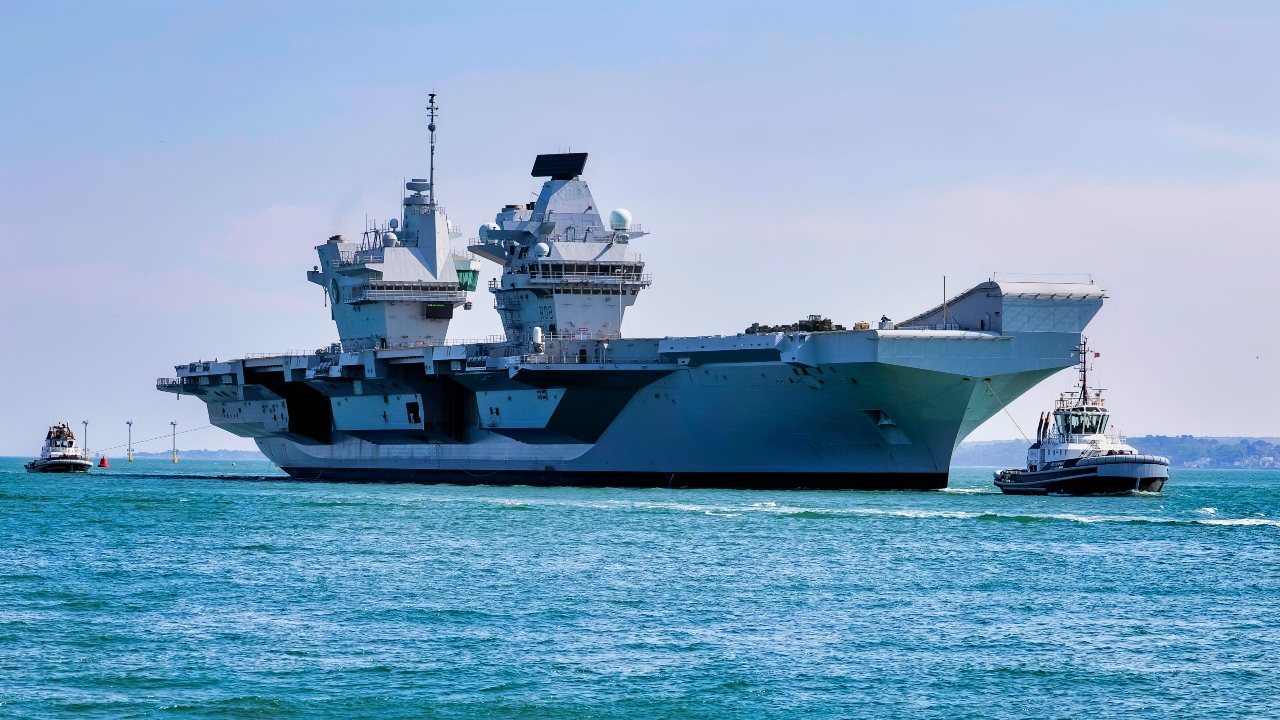
The Royal Navy Has Aircraft Carrier Drama
Current plans call for the Royal Navy's Queen Elizabeth-class aircraft carriers to remain in service until 2069. The questions being asked are whether that will truly happen, and whether it even should. Though HMS Queen Elizabeth took part in a successful globetrotting voyage to the Far East and back, it was a carefully planned goodwill tour, not a combat deployment.
The carrier did launch multiple F-35 sorties while in the Mediterranean Sea while en route during that 2021 deployment, but it was hardly at the level of the U.S. Navy's carrier operations. Moreover, the Royal Navy hardly seemed up to the task of sending either HMS Queen Elizabeth to the Red Sea to support the U.S. Navy's Nimitz-class USS Dwight D. Eisenhower (CVN-69) in protecting commercial shipping from Houthi missile attacks in the region.
Unfortunately, even if the UK had determined it would send one of the carriers, it couldn't do so!
HMS Queen Elizabeth was supposed to take part as flagship for a long-planned NATO exercise, but instead, the 65,000-tonne warship is heading to the Rosyth dockyard where it was assembled for an issue with its starboard propeller coupling to be rectified. HMS Prince of Wales has had to fill in as the flagship for the NATO exercises.
Aircraft Carrier to Spare
There is some irony in that the UK's Royals tend to live by the motto "an heir and a spare," as HMS Queen Elizabeth had to previously take over when HMS Prince of Wales suffered a similar mishap with the starboard propeller as it departed for a planned visit to the United States in the fall of 2022.
Despite the problems, it was on Saturday that James Cartlidge, Minister of State for the Ministry of Defence issued the statement, "The purpose of HMS Queen Elizabeth and HMS Prince of Wales is to provide the UK a Carrier Strike Group (CSG) capability. A CSG is a secure, versatile, agile and survivable, well-found sovereign operating base that exerts global influence through power projection, which, enabled by sea control and with minimal risk, delivers strike warfare against targets ashore. On current plans the out of service date for the Queen Elizabeth Class carriers is 2069."
However, it was in early February that Tom Sharpe of the UK's Telegraph newspaper offered scathing commentary, arguing that even fully operational, the Royal Navy's carriers would be ill-suited to operations in the Red Sea, especially without support from the U.S. Navy.
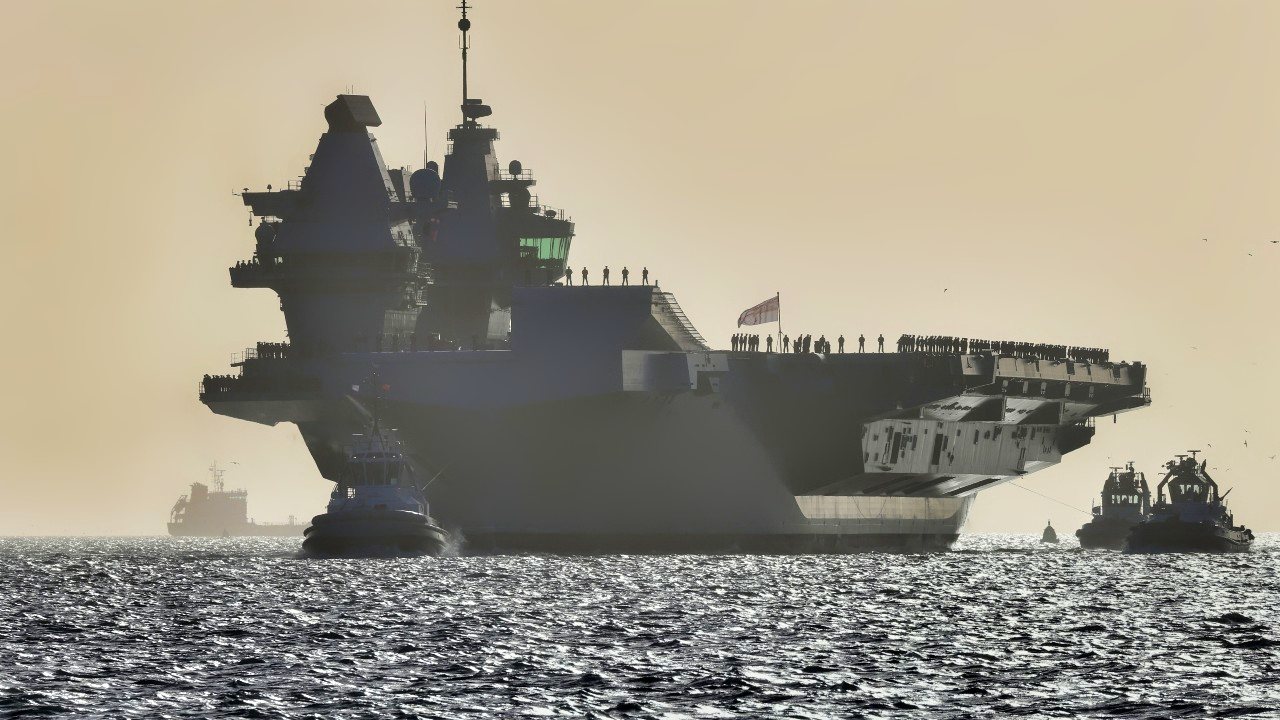
"Our carriers are a great capability but even when they are fully formed, in some faraway time when we have a full complement of UK jets and other aircraft to put on them, they will never rival a US Carrier Strike Group for the breadth of capability and firepower," Sharpe wrote. "This doesn't mean they aren’t capable but they aren't as capable as that."
Sharpe added that the Royal Navy's carriers are nowhere near being fully formed and equipped, and suggested there are gaping holes in the ships' airborne early warning, air-to-air refueling, and solid stores support – which includes food, jet parts and ammunition and other goods.
"The point is, with the Eisenhower group in place, all of these shortcomings can be mitigated. Take Ike away and things look a bit thin," Sharpe warned.
The paper of record had previously reported that the flagship HMS Queen Elizabeth was not at optical readiness due to naval staffing storage.
Too Costly for Aircraft Carriers?
Beyond the staffing and mechanical issues, there is also the cost to consider.
The Royal Navy may be forced to sell off the £3.5 billion aircraft carrier HMS Prince of Wales as early as 2028 due to funding issues, The Daily Mail reported earlier this month citing naval officials. Described as an "HS2 moment" for the Royal Navy – evoking the British government's decision to scrap part of a proposed costly high-speed rail project – it could see the carrier mothballed or even sold to a friendly nation if defense finances aren't improved.
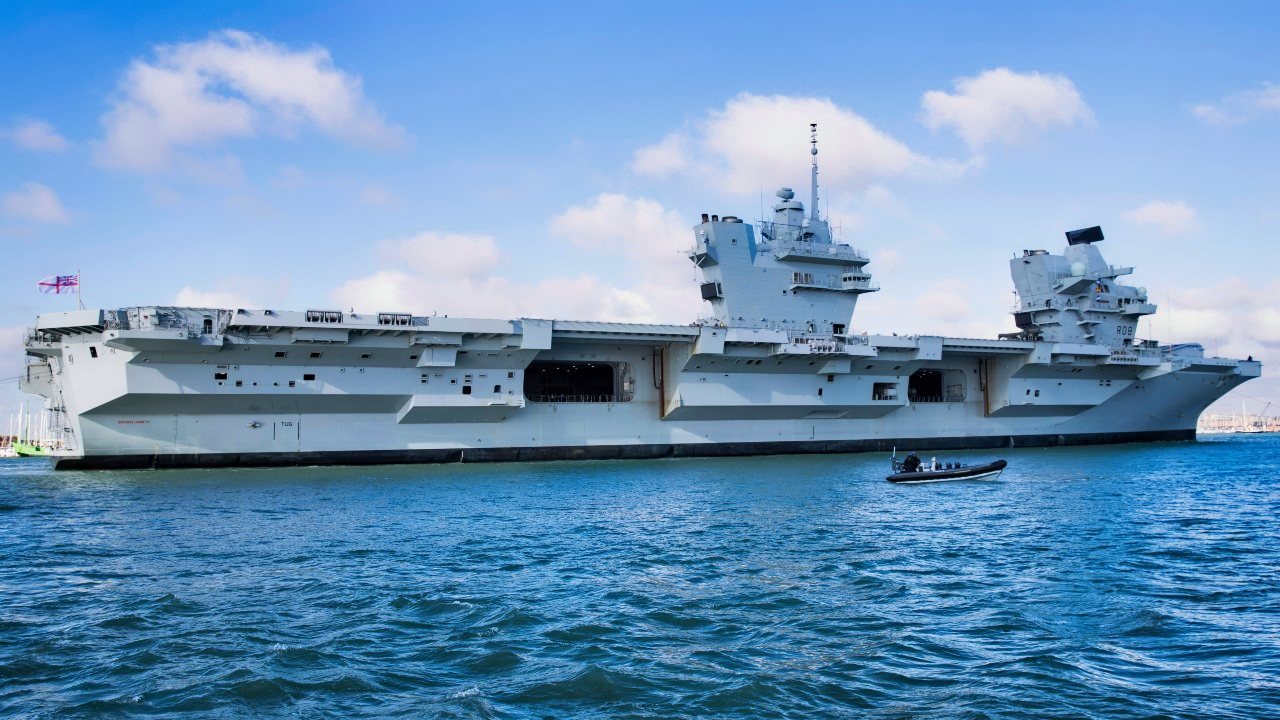
A naval source told the British tabloid that the "nightmare scenario of selling a carrier" to free up funds had been discussed by members of the Maritime Enterprise Planning Group, which looks at future considerations and strategies.
To recap, the capabilities of the carriers are in question; staffing is a problem; each of the £3billion flattops has suffered serious mechanical issues as well as floods and fires; and now there is the question as to whether the Royal Navy can even afford to operate the carriers in the coming decades. This clearly isn't the Royal Navy once led by the likes of Admiral Nelson and First Lord of the Admiralty Winston Churchill.
Author Experience and Expertise: Peter Suciu
Peter Suciu is a Michigan-based writer. He has contributed to more than four dozen magazines, newspapers, and websites with over 3,200 published pieces over a twenty-year career in journalism. He regularly writes about military hardware, firearms history, cybersecurity, politics, and international affairs. Peter is also a Contributing Writer for Forbes and Clearance Jobs. You can follow him on Twitter: @PeterSuciu.
You can email the author or contact the publication directly with any questions: [email protected].
All images are Creative Commons.
